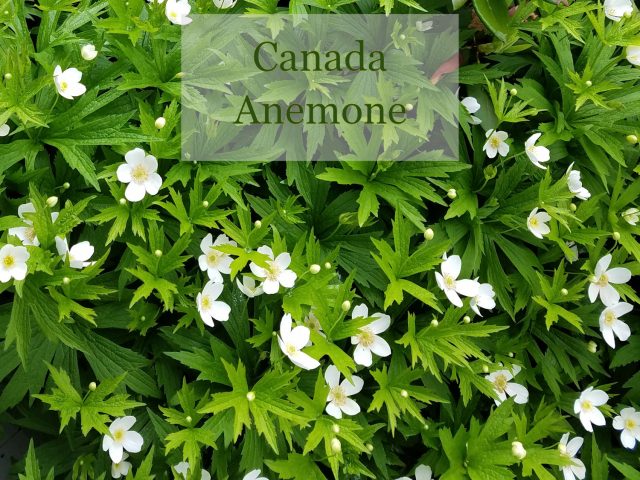
I was warned. When she gave me a few Canada anemones ( Anemone canadensis), my friend warned me that it would spread. I wanted to cover the shrubs on the front porch, so I thought that a small amount of spreading would be okay.
I thought it would be about 6 inches tall like the anemones in early spring. I did not do my homework and was wrong. I’d say two and a half foot is closer to the truth. The anemones had eaten up the rhododendrons I cut back to make them bushier.
Yes, it spread. It spread. Did I mention that it spread?
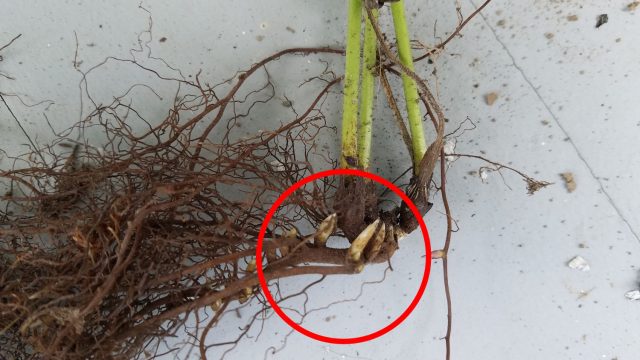
The Canada anemone grows wild in moist to wet prairies, meadows and shorelines, according to William Cullina’s Growing and Propagating the Wildflowers. These rhizomes allow it to compete with habitats that are densely packed. These rhizomes are also what allow it to dominate a lush, well-maintained garden bed.
It’s time to go!
They were hiding rhododendrons. The self-sown poppy seeds were prevented from germinating. They were blocking the view of other plants in the garden. Instead of creating a carpet of neatly arranged shrubs under them, they were cluttering up the area. I had to remove them.
It’s still a beautiful plant. I didn’t really want to remove it. I dug up some plants and re-planted them in different wild areas on our property. I hope some of them take.
I pulled out the rest as much as I could. The roots were left behind by grabbing and pulling, which I did not want. I used a garden fork to loosen the roots and my fingers for the fibrous roots. I did not do this around the rhododendrons or hydrangeas, which have shallow roots. I did not want to disturb the lilies and roses.
I’m sure I didn’t get the entire root. I know that the anemones are coming back. This time, I will be prepared. Canada anemone will be treated like a weed in this garden bed.
I will be watering the anemones during dry periods and monitoring their progress. If they don’t survive, I am sure I can find someone else who will give me some more.
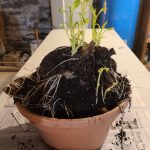






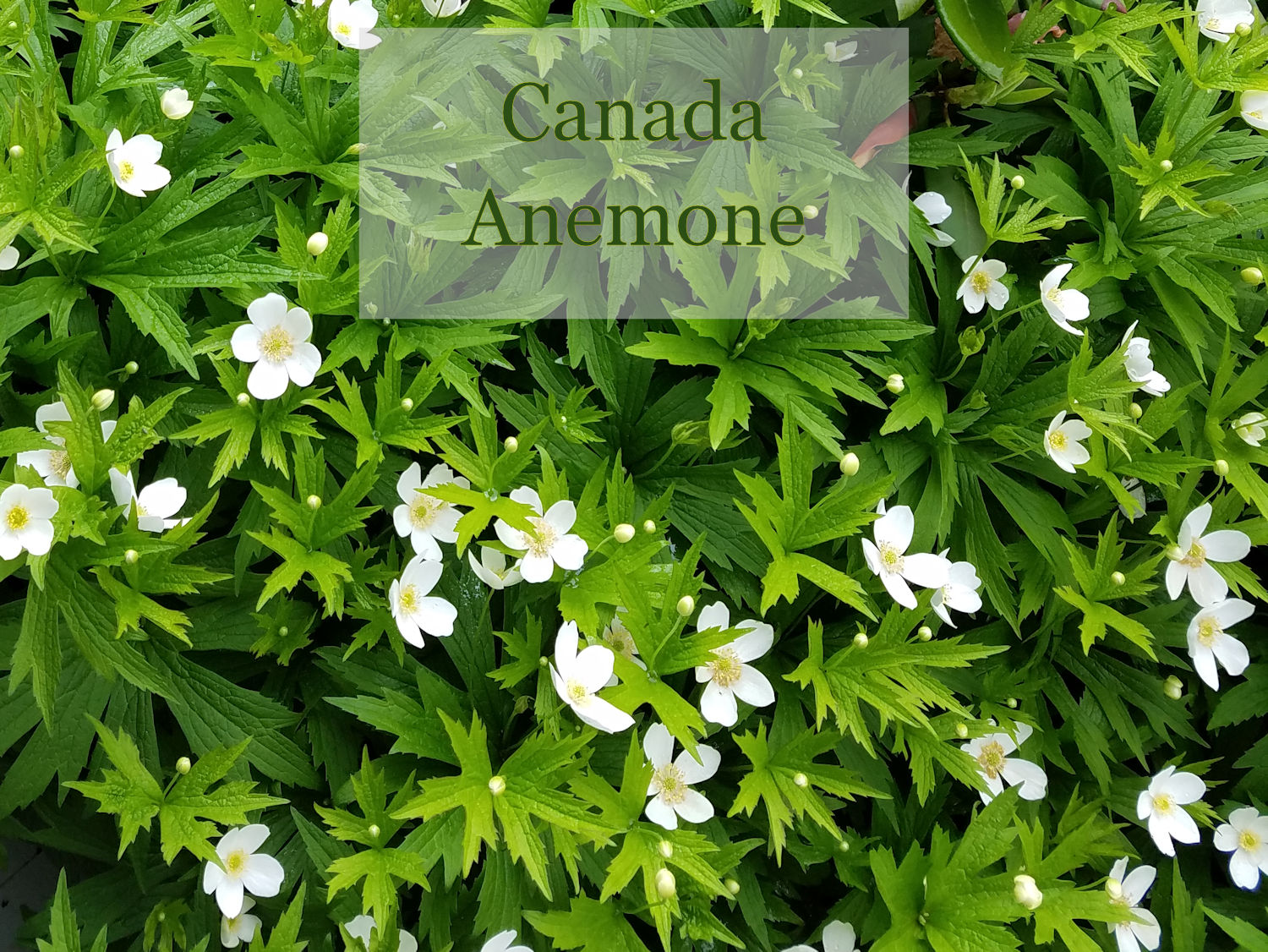
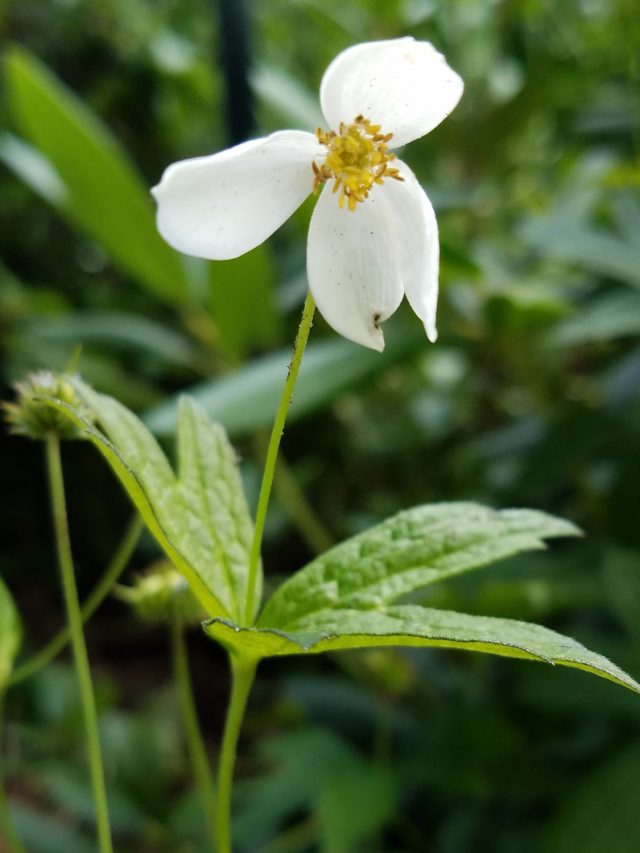
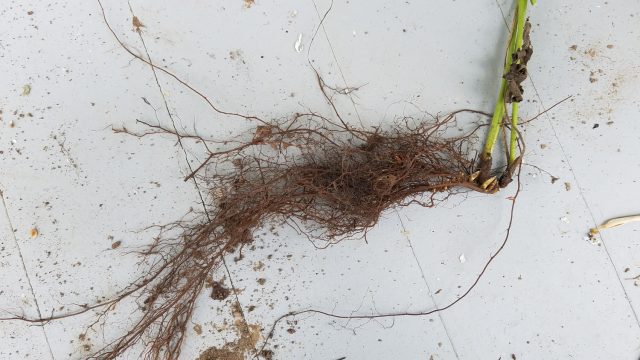
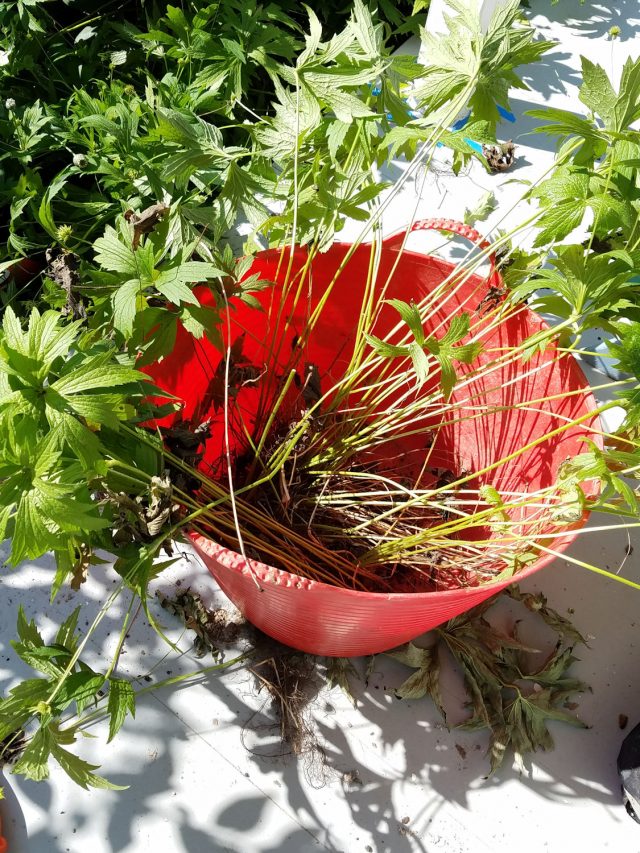

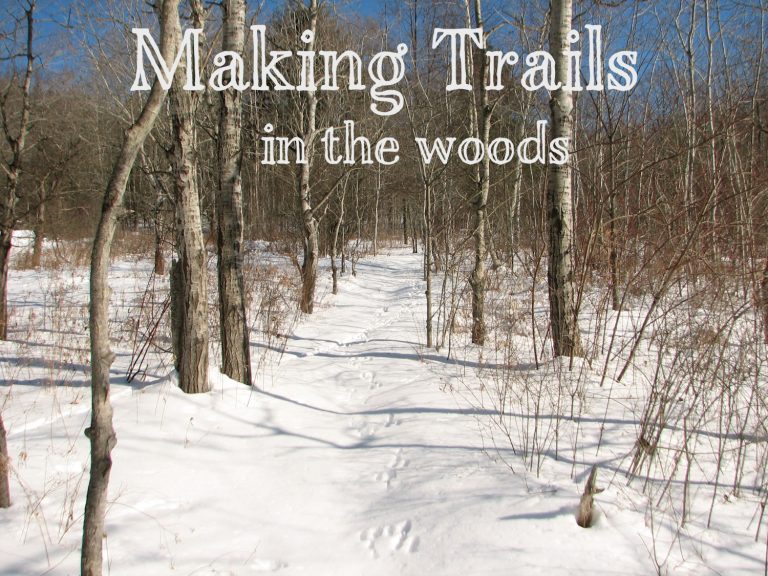

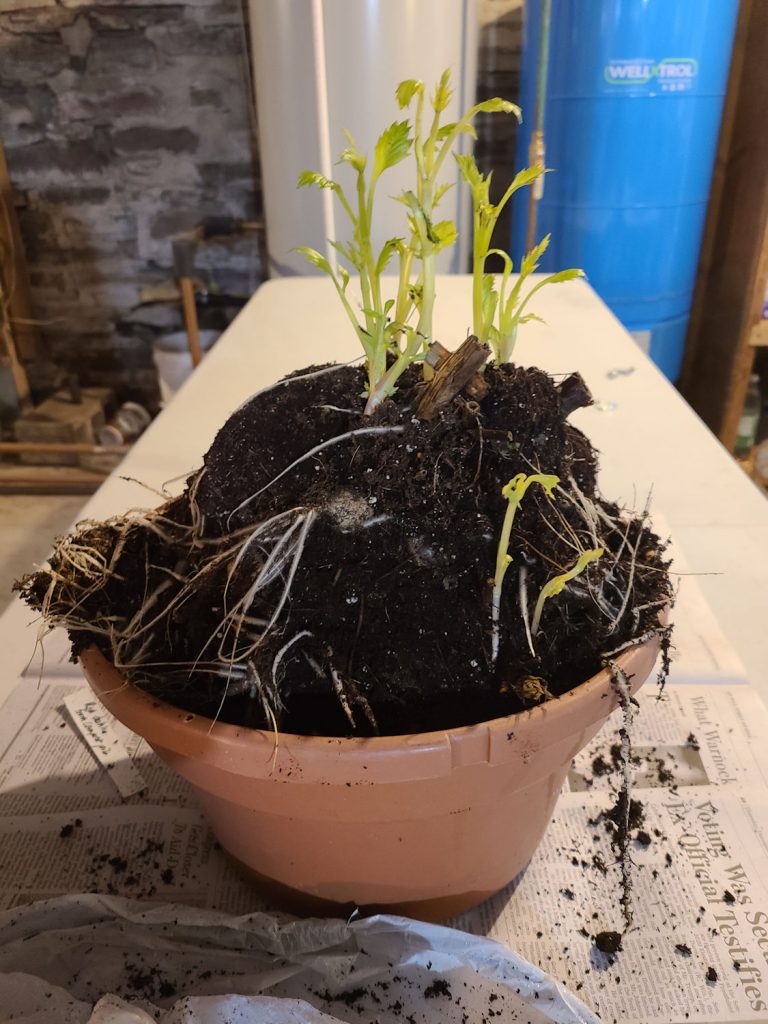
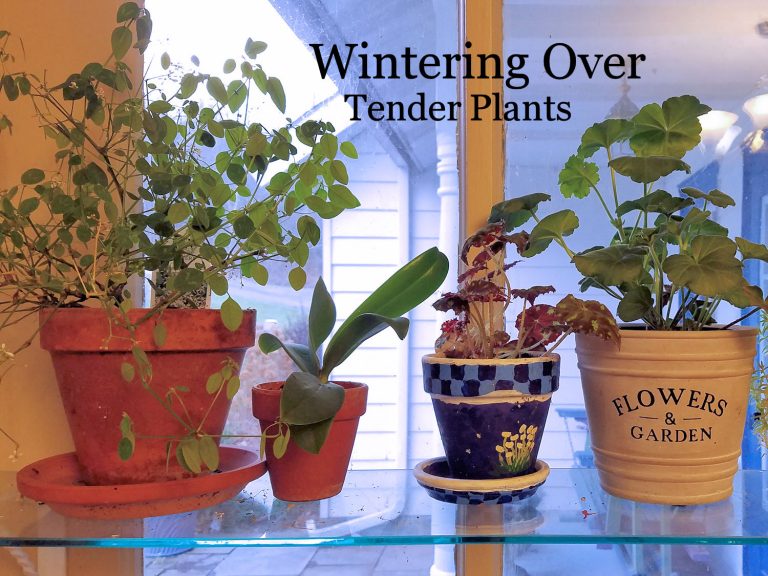


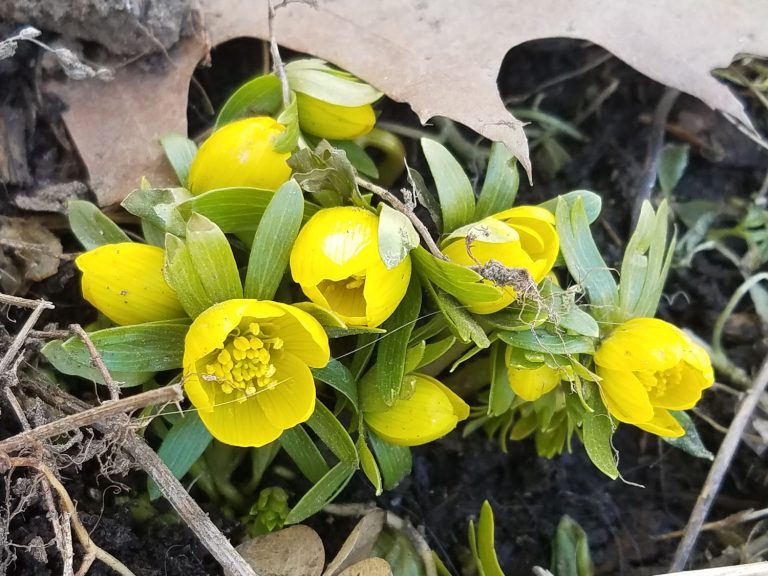
+ There are no comments
Add yours